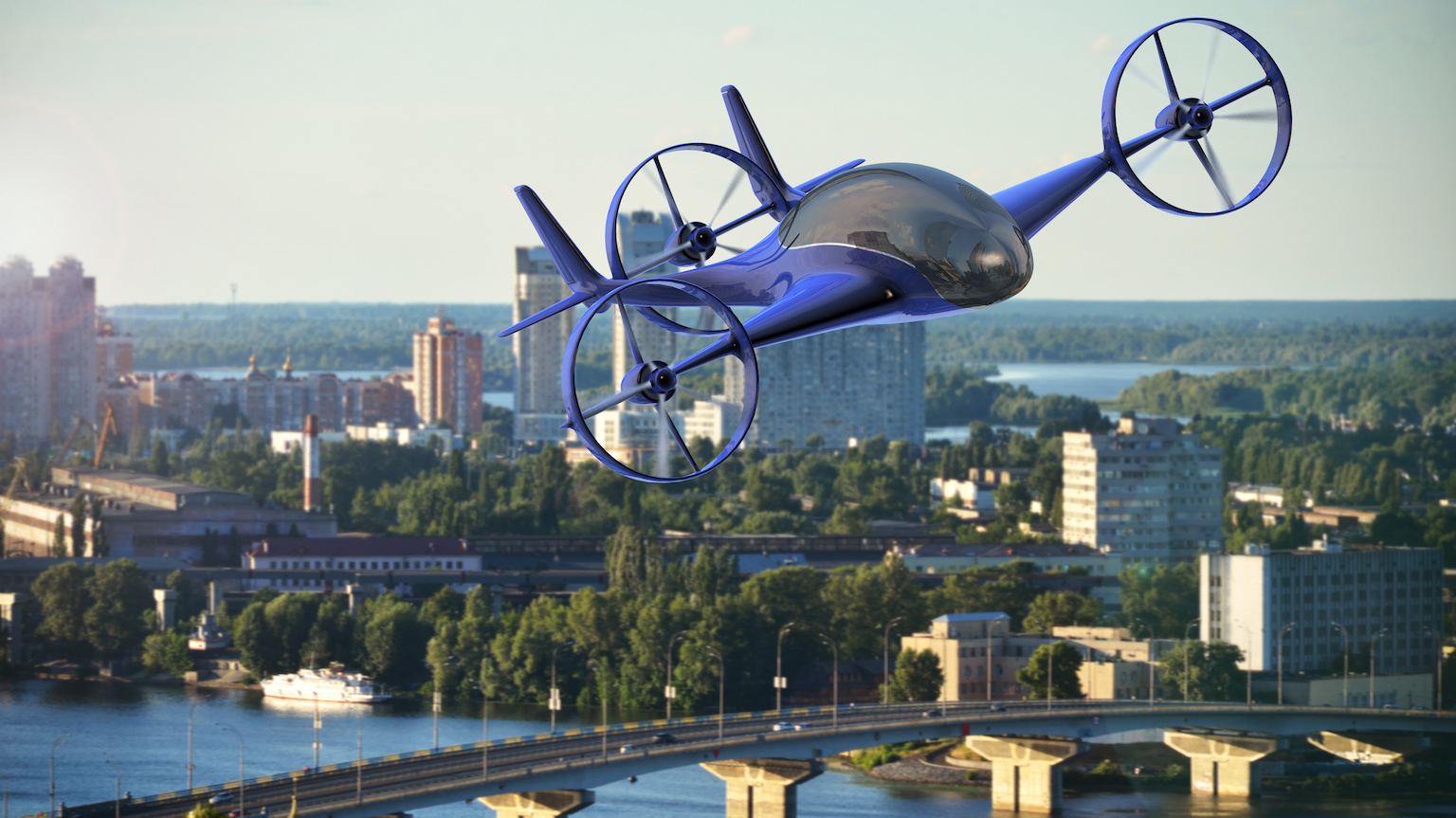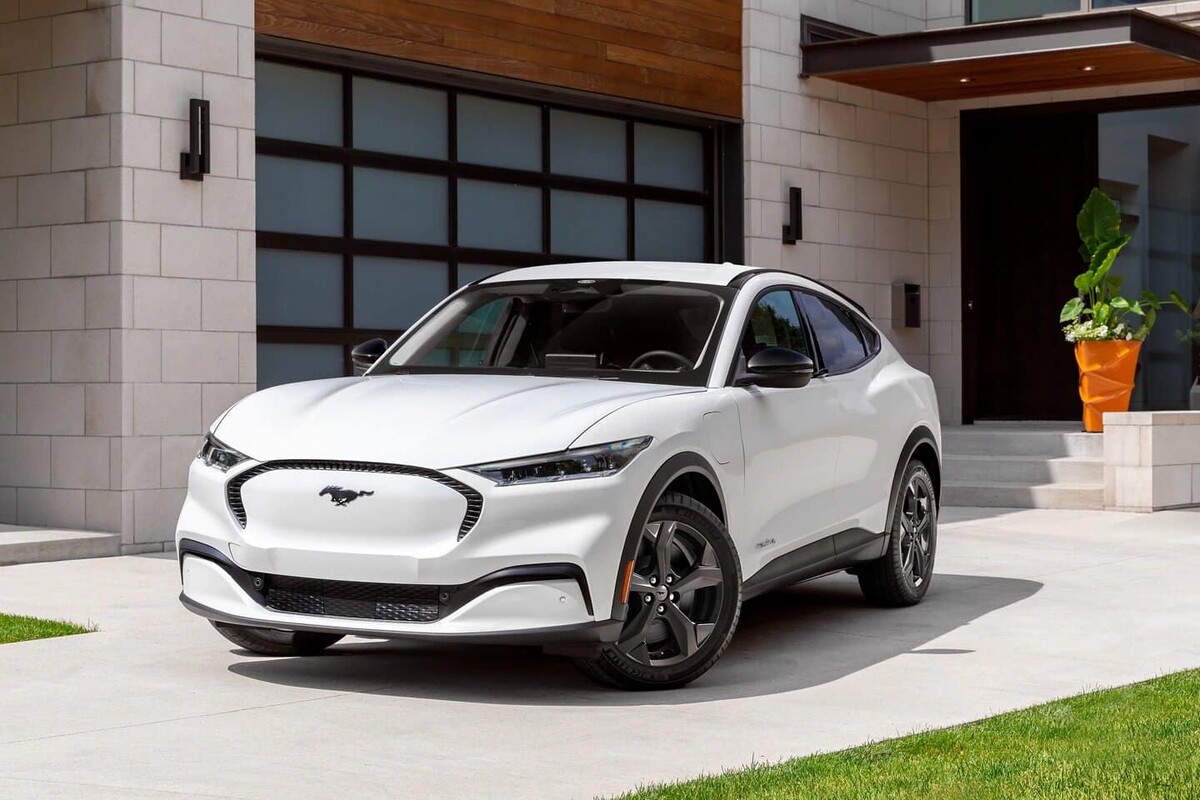The dream of summoning a car that drives itself is rapidly hurtling towards reality,...
Green Technology
The dream of flying cars has long been a staple of science fiction, but...
Jaguar enthusiasts, brace yourselves! The iconic British automotive brand is making headlines with...
Are you in the market for a stylish and powerful electric vehicle? Then look...
The Cadillac Lyriq was one of General Motors’ first Ultium-powered electric vehicles (EVs). Building...
When FCA and PSA merged a few years ago to form Stellantis, they promised...
Last September, Tesla unveiled the streamlined Model 3, notably missing the anticipated Performance variant....
The upcoming 2024 Auto China show promises an array of attention-grabbing concepts, and MG...
Solid-state batteries, hailed as the future of electric vehicles, have taken a significant vault...
In recent times, the European automotive industry has been buzzing with debates and discussions...











